The Perfect Pairings: The Best Companion Plants For Bells Of Ireland
The Perfect Pairings: The Best Companion Plants for Bells of Ireland
Bells of Ireland (Moluccella laevis) are a beautiful and versatile flowering plant that can be used in a variety of garden settings. They are known for their delicate white or yellow flowers that resemble bells, and their long, slender leaves that are a deep green color. Bells of Ireland are easy to care for and can be grown in a variety of soils, but they do best in full sun.
One of the best things about Bells of Ireland is that they can be paired with a variety of other plants to create beautiful and harmonious gardens. When choosing companion plants for Bells of Ireland, it is important to consider the plant's height, color, and growth habit. Here are some of the best companion plants for Bells of Ireland:
- Coneflowers: Coneflowers are a tall, upright plant that can provide a backdrop for the delicate Bells of Ireland. They come in a variety of colors, including purple, pink, and yellow.
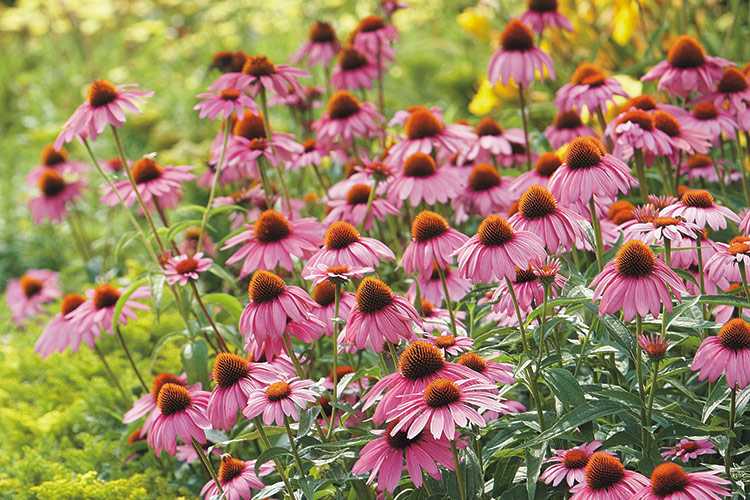
- Lavender: Lavender is a low-growing, fragrant plant that can be used to border a bed of Bells of Ireland. It comes in a variety of colors, including purple, blue, and white.
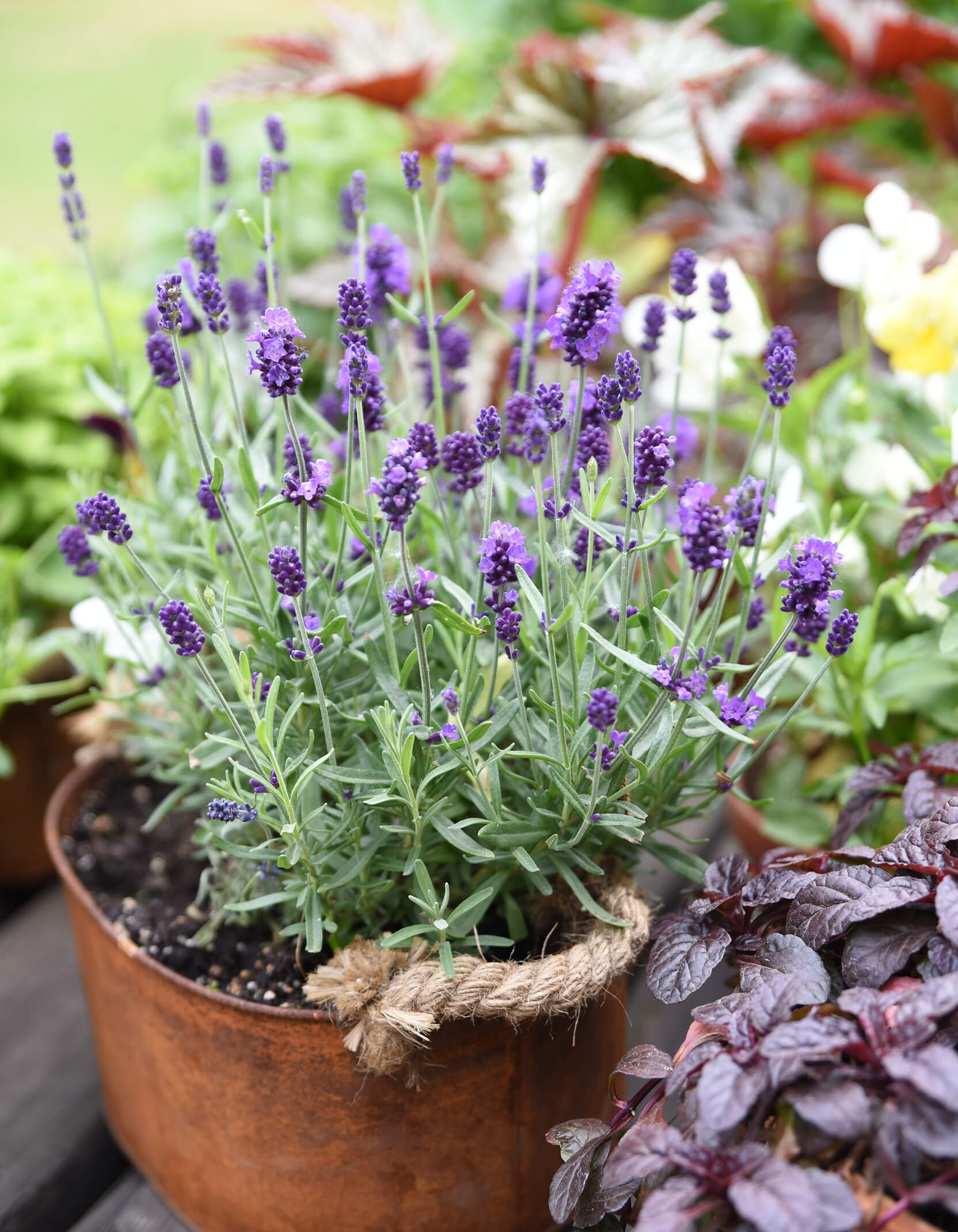
- Salvia: Salvia is a tall, upright plant that can provide a pop of color in a garden. It comes in a variety of colors, including blue, purple, and pink.
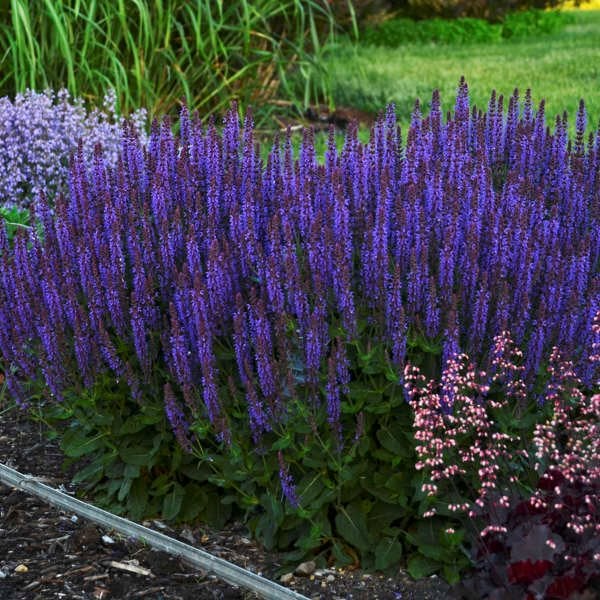
- Zinnias: Zinnias are a short-lived annual that can add a lot of color to a garden. They come in a variety of colors, including red, orange, yellow, and purple.
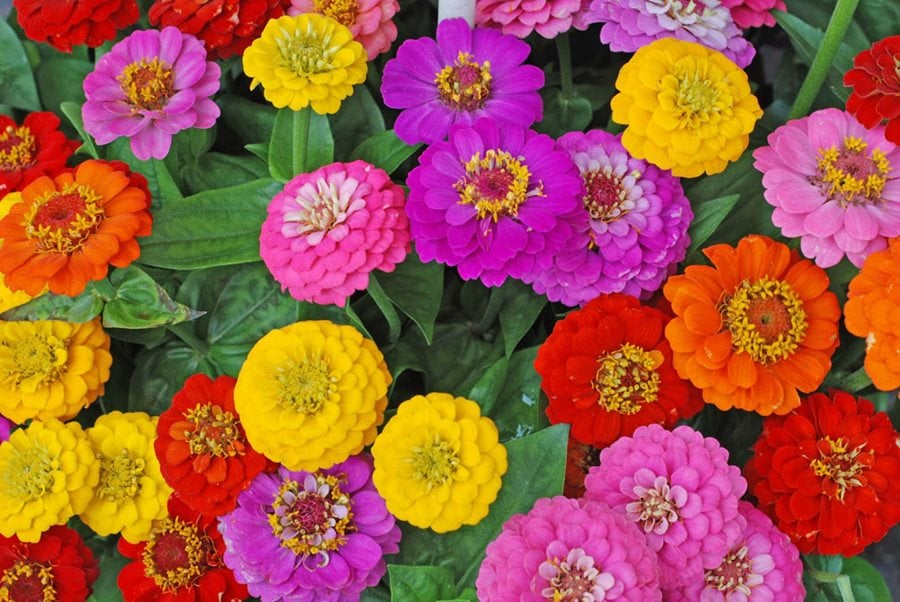
- Marigolds: Marigolds are a short-lived annual that is known for its bright orange flowers. They can help to deter pests from a garden.

In addition to these plants, Bells of Ireland can also be paired with other flowers, such as daisies, pansies, and petunias. When choosing companion plants for Bells of Ireland, it is important to experiment and find what works best in your garden.
The green, bell-shaped calyxes of bells of Ireland make a striking addition to any garden. But did you know that there are certain companion plants that can enhance the beauty and longevity of your bells of Ireland?
Gardenia Inspiration is a great resource for learning more about companion planting. In their article on "Bells of Ireland Companion Plants," they recommend planting bells of Ireland with flowers that have similar growing conditions, such as zinnias, marigolds, and cosmos. They also suggest planting bells of Ireland with flowers that have complementary colors, such as purple salvia or orange calendula.
FAQ of bells of ireland companion plants
FAQs on Bells of Ireland Companion Plants
What are good companion plants for Bells of Ireland?
Bells of Ireland (Moluccella laevis) are tall, upright plants with white or cream-colored calyces that resemble bells. They are annuals that grow best in full sun to partial shade and average garden soil.
Some good companion plants for Bells of Ireland include:
- Sunflowers: Sunflowers are tall, sunny plants that complement the delicate white bells of Ireland. They also help to attract pollinators to the garden.
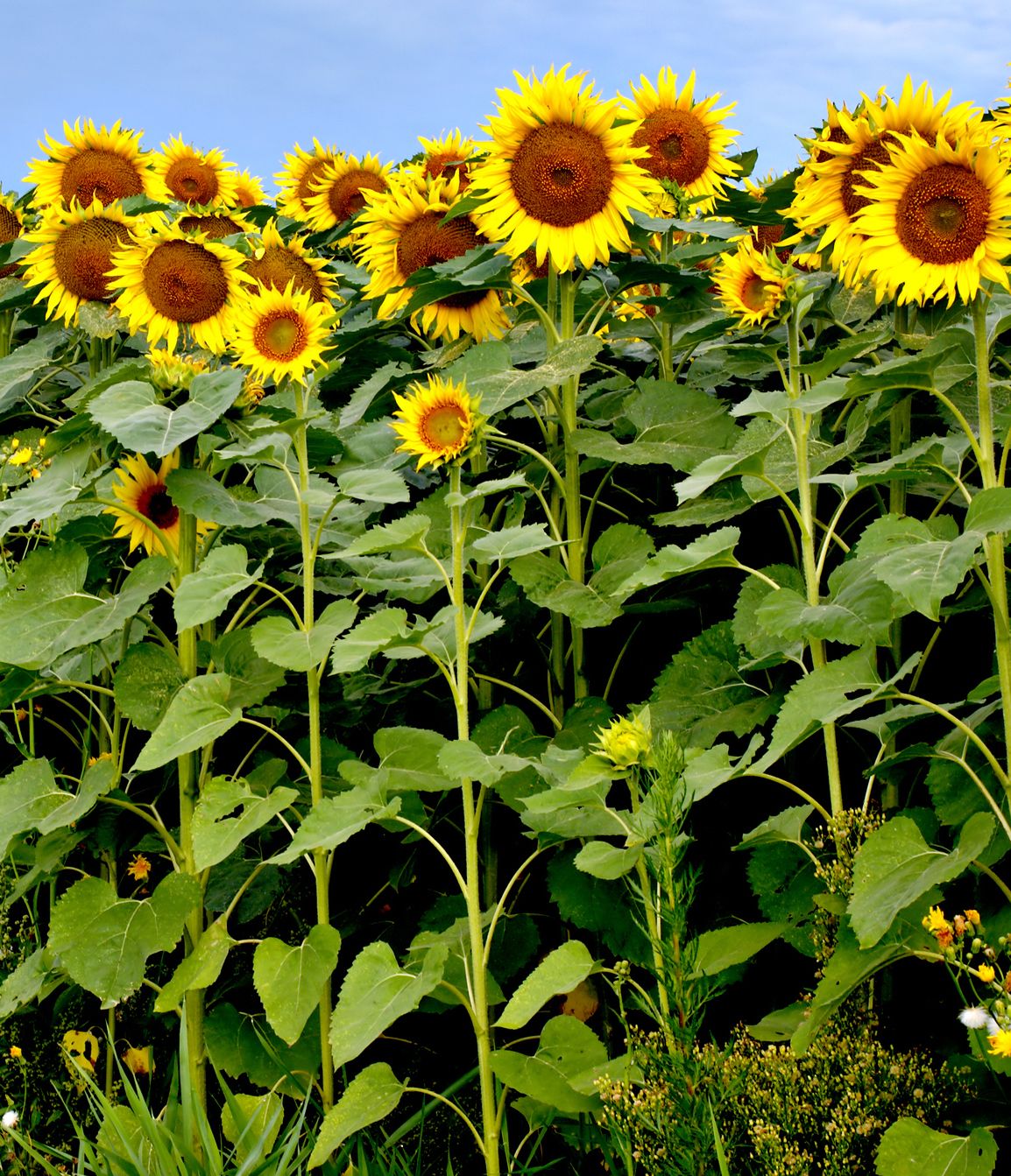
- Zinnias: Zinnias are another tall, colorful annual that looks great planted alongside Bells of Ireland. They come in a variety of colors, so you can choose ones that will complement the bells or create a contrast.

- Echinacea: Echinacea is a hardy perennial that blooms in shades of pink, purple, and orange. It attracts pollinators and helps to deter pests.
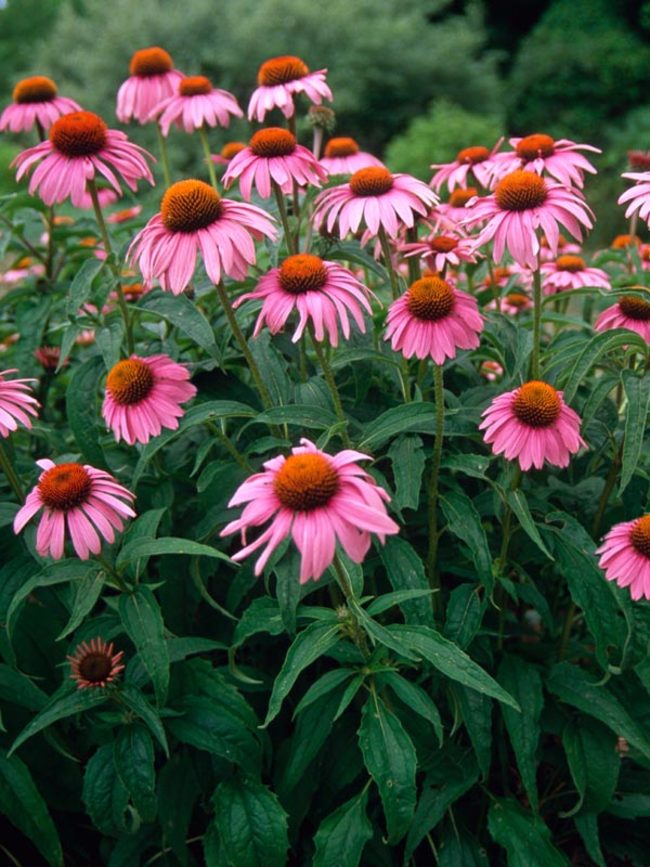
- Lavender: Lavender is a fragrant herb that blooms in shades of purple and blue. It attracts pollinators and helps to repel mosquitoes.
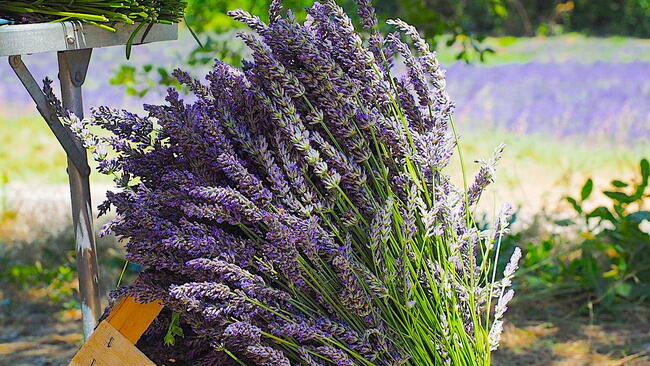
- Coneflowers: Coneflowers are tall, daisy-like flowers that bloom in shades of purple, pink, and yellow. They attract pollinators and help to deter pests.

How to plant Bells of Ireland with companion plants?
When planting Bells of Ireland with companion plants, it is important to consider the height and spread of the plants. For example, sunflowers and zinnias are tall plants that will need plenty of space to grow. Echinacea and lavender are shorter plants that can be planted closer together.
It is also important to consider the light requirements of the plants. Bells of Ireland need full sun, so you will need to plant them in a location that gets at least 6 hours of sunlight per day. Other companion plants, such as coneflowers, can tolerate partial shade.
Once you have chosen your companion plants, you can plant them in the garden together. Be sure to water the plants regularly and fertilize them every few weeks.
What are the benefits of planting Bells of Ireland with companion plants?
There are several benefits to planting Bells of Ireland with companion plants. Companion planting can help to:
- Attract pollinators: Pollinators, such as bees and butterflies, are essential for the pollination of flowers. Planting Bells of Ireland with companion plants that attract pollinators can help to ensure that your flowers are pollinated and produce seeds.

- Deter pests: Some companion plants, such as echinacea and lavender, help to deter pests. This can help to protect your Bells of Ireland from damage by insects.
- Improve soil quality: Some companion plants, such as coneflowers, help to improve soil quality. This can benefit the growth of your Bells of Ireland and other plants in your garden.
How to care for Bells of Ireland companion plants?
The care requirements for Bells of Ireland companion plants vary depending on the type of plant. However, there are some general tips that can help you care for your companion plants:
- Water regularly: Most companion plants need to be watered regularly, especially during hot, dry weather.
- Fertilize every few weeks: Fertilizing your companion plants every few weeks can help them to grow strong and healthy.
- Deadhead spent flowers: Deadheading spent flowers will encourage your companion plants to produce more blooms.
- Protect from pests and diseases: If you notice any pests or diseases on your companion plants, take steps to control them.
Image of bells of ireland companion plants
This is a classic combination that is both beautiful and elegant. The white flowers of the bells of Ireland complement the bright colors of the roses, and the lush foliage of both plants provides a striking contrast.
Another popular combination, bells of Ireland and lavender create a calming and serene atmosphere. The delicate white flowers of the bells of Ireland are offset by the deep purple blooms of the lavender, and the sweet fragrance of the lavender adds a touch of luxury.
These two plants have similar growing conditions, so they make good companions in the garden. The tall, upright snapdragons provide a backdrop for the delicate bells of Ireland, and the bright colors of the two plants complement each other beautifully.
These two tall, stately plants create a dramatic and eye-catching display in the garden. The blue or purple blooms of the delphiniums contrast beautifully with the white flowers of the bells of Ireland, and the long, slender leaves of both plants add a touch of elegance.
Yarrow is a hardy and drought-tolerant plant that makes a good companion for the more delicate bells of Ireland. The bright yellow flowers of the yarrow add a touch of sunshine to the garden, and the feathery foliage provides a soft contrast to the white flowers of the bells of Ireland.

Post a Comment for "The Perfect Pairings: The Best Companion Plants For Bells Of Ireland"